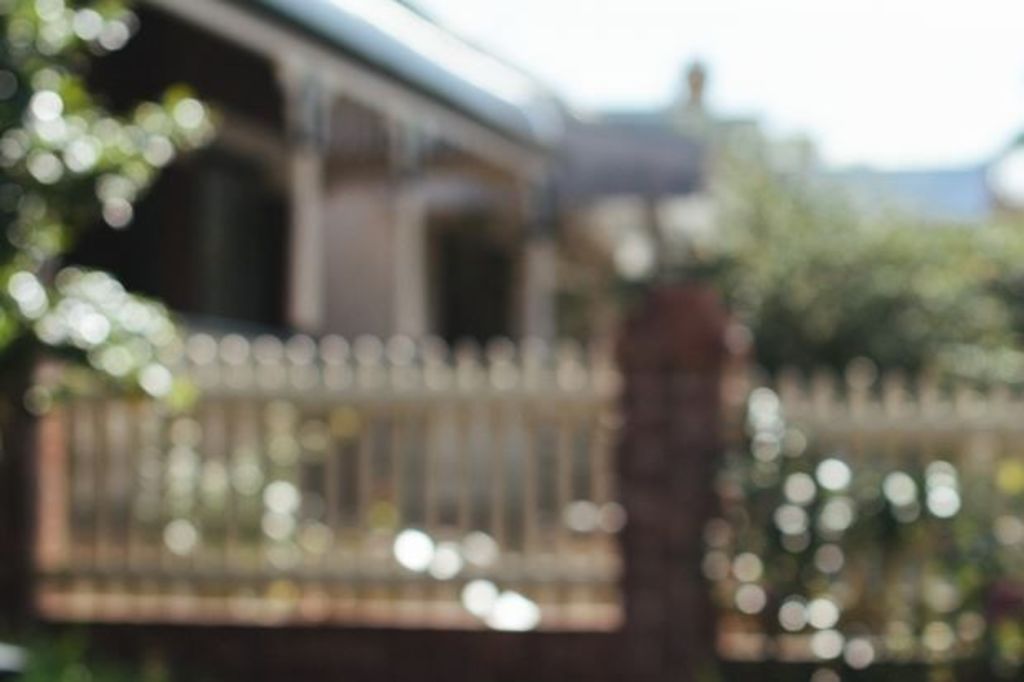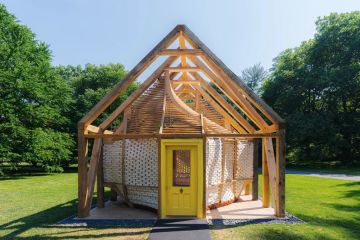Mistakes homeowners make that devalue their property

When it comes time to sell your home, naturally you’re going to want to get the maximum amount possible. However, since selling a home isn’t something most people do very often, it can be easy to make mistakes that will actually see your possible profit head south. Here’s how you can accidentally devalue your sale price.
Thinking your furniture is fine
Putting a home on the market costs money and you might think one way to save a few extra bucks is to use your own furniture during the sales campaign rather than hiring a property stylist, but the couple of thousand dollars you save here might cost you tens of thousands of dollars on auction day. Property stylists are experts who hire new furniture and transform the place you no longer want to live in into something that looks like an interiors magazine shoot, exciting potential buyers.
“If your property has bulky, oversized and old furniture, this can let down the presentation of your home, often making a property feel heavy and outdated. It is critical to display your property with furniture that is in proportion to the size of the rooms,” says Anna Byrnes, director of Styling Spaces Melbourne.
“Finishing touches such as hanging artwork, adding cushions and accessories are essential in maximising the look of your property and its end value. Investing in approximately $1500 to $5000 in property styling will provide you the opportunity to increase your property value in excess of $20,000 and up to $50,000,” she says.
Leaving your crap behind
When a potential buyer walks through the property, they are imagining their future life there and how they will live in the space, so they don’t want to see your clothes in the wardrobes, bills and files in the office or the kids’ artwork on the fridge and all those other reminders of your previous life within those walls.
“Decluttering and depersonalising your property can be a daunting task,” says Anna Byrnes, who as a property stylist advises on what to remove, which can add value. “Packing away personal belongings and decluttering wardrobes and cupboards will make a home feel larger and will give potential purchasers the platform to visualise their own belongings, furniture and family in the space.”
Your great taste is actually gross
You may have your own individual sense of style but what looks good to you might be off-putting to potential buyers, so the key is to make your property as neutral as possible when selling.
“Just because you love shag pile carpet and brightly patterned wallpaper doesn’t mean your potential buyers will,” interior stylist Deanne Jolly says. Feature walls, bright coloured paint and statement lighting should all go as well, she says.
“When it’s time to sell your home, keep everything from wall colour to furnishings neutral, clean and light so that potential buyers are able to imagine your home as their home.”
Chucking in some plants at the last minute
Street appeal is important, so keeping the front yard looking good is a must – you don’t want potential buyers pulling up, taking one look at your weed-infested overgrown mess behind your broken gate and driving off to buy someone else’s place instead.
Well-maintained outdoor areas are a selling point, however landscape designer Luke Beilby, from Elk Landscape Developments, says it is a mature garden that gets the extra dollars.
“People know when you’ve just done something for the sale,” he says. “You need to plan ahead. If you’re thinking about selling before Christmas next year or next spring – often people are selling in spring because you’re getting all that colour, especially in Melbourne – then you should be trying, if you can, to plan 12 months out. Juvenile trees often look weak and thin; they really do need a full footy season.”
The same applies to turf, he says, which needs time to take hold. Otherwise “it will look like a quilt that has just been sown together”.
Blowing your profit before you’ve made it
Where some vendors make the mistake of cutting corners to save a few bucks, other vendors get overexcited about potential returns and overcapitalise, so be wary of major renovations prior to sale.
“This can be a trap, as you can find yourself spending money that you will never get back when you sell, and that you would, in fact, be better leaving the house as is,” Deanne Jolly says. “Always get the advice of your real estate agent before embarking on costly renovations when selling a home. They will be able to guide you on what is worth spending on and what isn’t.”
Which leads us to…
Choosing the wrong agent
When the time comes to sell, you’re going to need a real estate agent – but choosing any old one can be detrimental to the final sale price, so choosing wisely here is important.
“Some agents don’t have their potential clients best interest at heart when they don’t suggest any styling advice, or suggest a minimal advertising budget or don’t advertise the property correctly or lack strategy advice,” Marshall White director and auctioneer Oliver Bruce says.
Find an agent who specialises in your suburb or type of property for your best chance of selling for a good price. If the agent you choose can’t sell your property, then you’ll have to re-list with another, going through the whole costly process a second time.
“You may only get one chance to maximise the outcome and doing it a second time may only eat into your net outcome,” he says.
We recommend
We thought you might like
States
Capital Cities
Capital Cities - Rentals
Popular Areas
Allhomes
More







